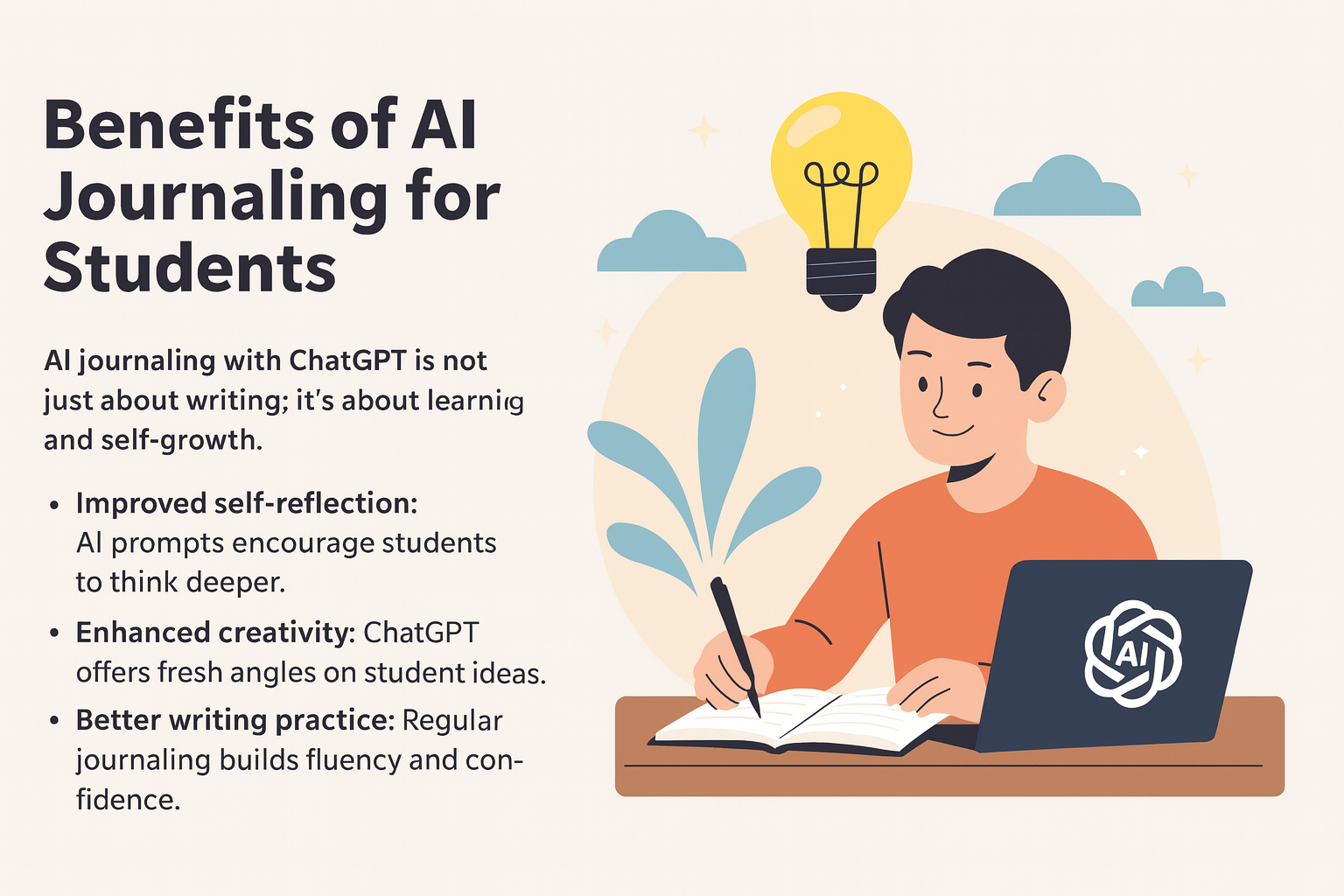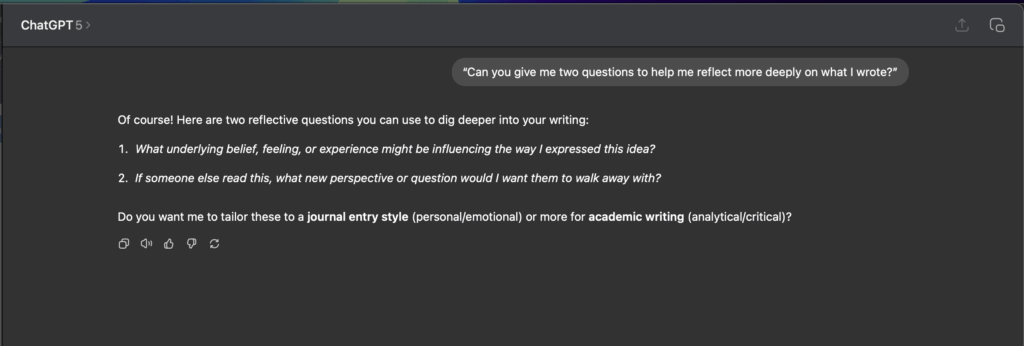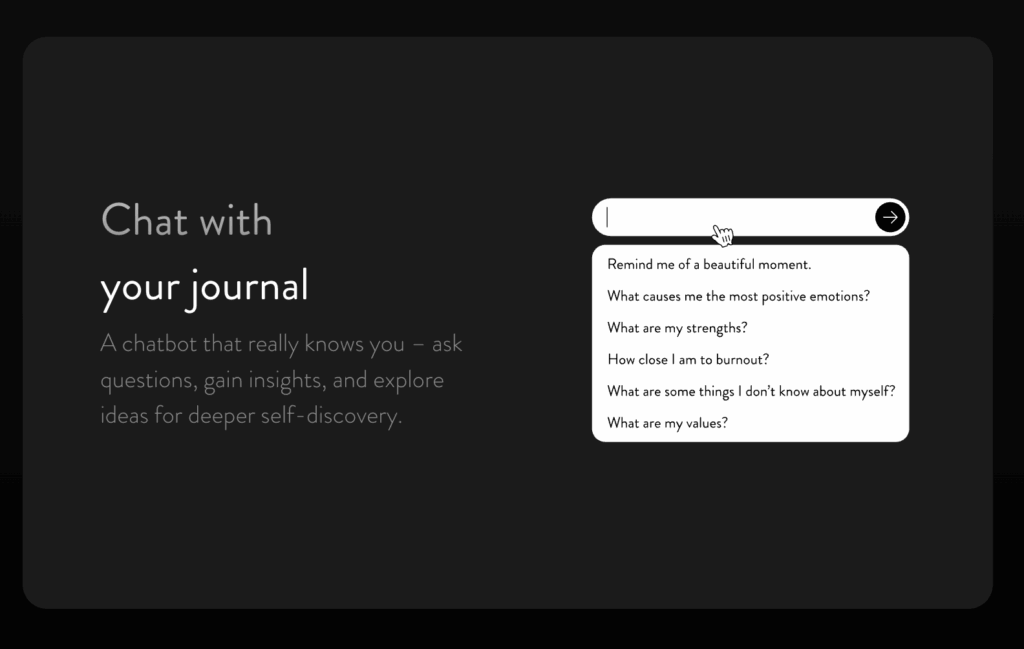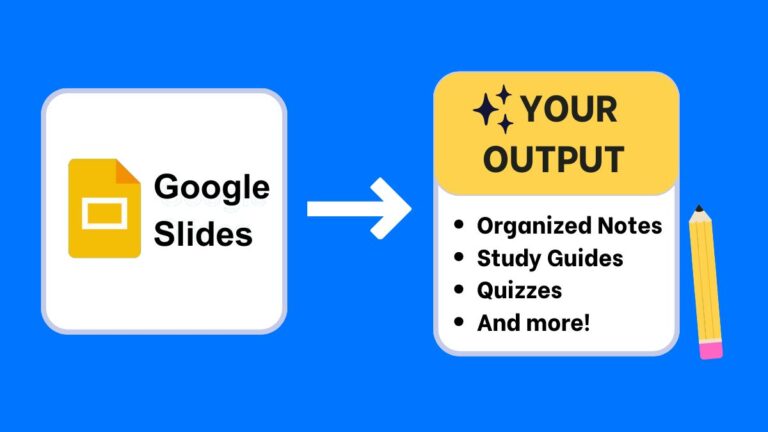AI journaling for students is a powerful way to reflect, process thoughts, and grow academically. With tools like ChatGPT, journaling becomes more engaging, interactive, and personalized than ever. This approach helps students capture ideas while receiving meaningful feedback and inspiration.
In this informative post, we will explore how students can use AI journaling with ChatGPT, the benefits it brings, and even share a classroom activity teachers can try.
Table of Contents
- What Is AI Journaling?
- Benefits of AI Journaling for Students
- How Students Can Use ChatGPT for Journaling
- A Classroom Exercise: Journaling with ChatGPT
- AI Journaling Apps for Students
- Final Thoughts
What is an AI Journaling?
AI journaling combines the traditional practice of journaling with artificial intelligence tools like ChatGPT. Instead of writing only for themselves, students can interact with AI to:
- Spark new ideas.
- Get writing prompts.
- Receive reflective feedback.
- Organize their thoughts into themes.
It turns journaling into a two-way process—students write, and AI helps them deepen or refine their reflections.
Benefits of AI Journaling for Students
AI journaling with ChatGPT is not just about writing; it’s about learning and self-growth. Some key benefits include:
- Improved self-reflection: AI prompts encourage students to think deeper.
- Enhanced creativity: ChatGPT offers fresh angles on student ideas.
- Better writing practice: Regular journaling builds fluency and confidence.
- Personalized support: ChatGPT adapts to each student’s writing style and goals.
- Reduced writer’s block: AI-generated prompts keep the momentum going.

How Students Can Use ChatGPT for Journaling
Here are some practical ways students can use ChatGPT as part of their journaling routine:
- Daily Prompts – Students can ask: “ChatGPT, give me a reflection question for today about gratitude/study habits/friendship.”
- Guided Reflection – After writing an entry, they can paste it into ChatGPT and ask: “Can you help me expand on this thought?”
- Idea Expansion – If they’re stuck, ChatGPT can suggest different perspectives.
- Goal Tracking – Students can log goals and ask ChatGPT to summarize progress.
- Creative Exploration – For journaling about stories, poems, or art, ChatGPT can offer imaginative prompts.

A Classroom Exercise: How to Journal with ChatGPT
Here’s an easy activity teachers can use to introduce students to AI journaling prompts:
Exercise: “One Prompt, Many Reflections”
- Choose a theme (e.g., kindness, perseverance, or a recent lesson).
- Ask ChatGPT to generate three journaling prompts on that theme.
- Have students pick one and write for 10 minutes.
- After writing, students can paste their entry into ChatGPT and ask: “Can you give me two questions to help me reflect more deeply on what I wrote?”
- Students then expand their journals with new insights.
👉 This activity helps students learn that journaling isn’t just about recording events—it’s about growing through reflection and feedback. Browse AI Journal App’s largest AI Journal Prompt library for more ideas.

AI Journaling Apps for Students
While ChatGPT is a powerful tool for journaling, it’s just one option. There are dedicated apps that make AI journaling even easier for students.
We’ve already covered some of the Top AI Journaling Apps in another post—be sure to check that out if you want to explore more tools designed specifically for journaling with AI.
Looking for a Free AI Journal?
Try the Free Online AI Journal Tool by AI Journal App. Write instantly with AI-guided prompts and a reflective summary. Private and encrypted. No signup. Works on any device. Useful for students and teachers.
How it works: choose Morning, Evening, Gratitude, or Open Reflection. Type a feeling or a sentence. Get a tailored prompt and a short reflection in under a minute. Copy or export your entry and build a daily journaling habit.
Final Thoughts
AI journaling with ChatGPT is a simple but powerful way for students to reflect, grow, and express themselves. Whether used individually or in the classroom, it transforms journaling into a more interactive and engaging practice. Teachers can incorporate it into lessons, and students can use it daily for self-discovery.
In short, AI journaling helps students not just write, but learn from what they write.




